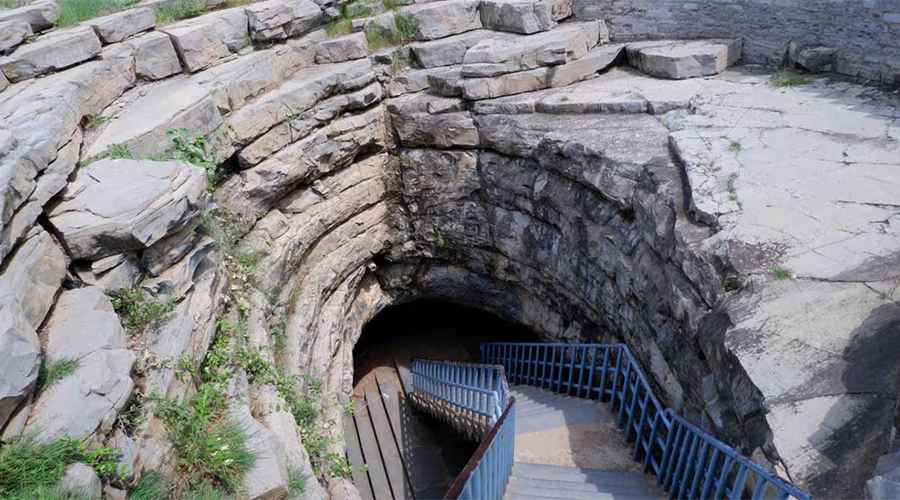The Arabian Sea is a prominent and strategically important body of water located in the northwestern part of the Indian Ocean. It lies to the west of the Indian subcontinent, making it a significant maritime zone for India. Geographically, the Arabian Sea is bounded by several countries and regions: to the west by the Arabian Peninsula, the Gulf of Aden, and the Guardafui Channel; to the north by Pakistan and Iran; to the east by India; and to the south by the Laccadive Sea and the Maldives.
In the context of India, the Arabian Sea touches the western coastline, stretching from the state of Gujarat in the northwest down to Kerala in the southwest. This coastal stretch includes important Indian states such as Gujarat, Maharashtra, Goa, Karnataka, and Kerala, along with the Union Territories of Daman and Diu and Lakshadweep Islands. The Arabian Sea thus forms an integral part of India’s western maritime boundary.
The sea serves as an essential route for trade and commerce, linking India with the Middle East, Africa, and beyond. Several major ports along this coastline handle huge volumes of cargo and shipping activities. Notable ports on the Arabian Sea coast of India include Mumbai (one of the largest and busiest ports in India), Kandla, Mormugao (Goa), New Mangalore, and Kochi. In addition, the Lakshadweep Islands, an Indian Union Territory situated in the Arabian Sea, lie off the southwestern coast and consist of small coral islands important for both biodiversity and strategic maritime considerations.
The Arabian Sea’s location influences India’s climate, particularly the southwest monsoon. Monsoon winds blow from the sea towards the Indian west coast during the summer months, bringing much-needed rainfall. The Arabian Sea also connects to other vital waters such as the Gulf of Oman to the northwest, which links it to the Persian Gulf, and the Gulf of Aden to the west, which connects to the Red Sea. These connections make the Arabian Sea a crucial maritime passage for international shipping, especially for oil transportation from the Middle East.
The coastal regions of the Arabian Sea in India are culturally and economically vibrant, with fishing communities, bustling port cities, and tourist destinations. From the salt pans of Gujarat to the beaches of Goa and the backwaters of Kerala, the Arabian Sea shapes the lives and livelihoods of millions of Indians. Its waters are also home to diverse marine life, adding ecological importance to its geographical and economic value.
In summary, the Arabian Sea is located along the western coast of India, stretching from Gujarat down to Kerala, including important maritime territories and islands such as Lakshadweep. It forms part of the northern Indian Ocean, bordering India on the east, and plays a vital role in India’s trade, climate, and cultural landscape. Its strategic location links India to global sea routes between Asia, Africa, and Europe. This makes the Arabian Sea a crucial natural asset for India’s geography and economy.



